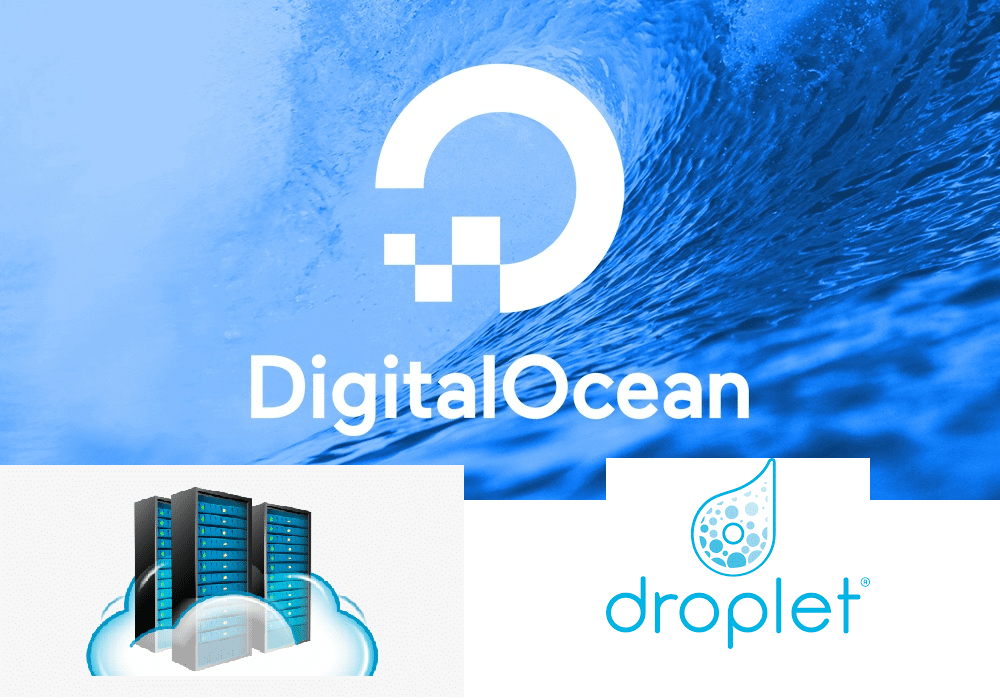In the digital age, data is often referred to as the ‘new oil’, and for someone like me who continually handles and processes vast amounts of data, efficient storage solutions are paramount. Enter Digital Ocean Spaces, a solution I stumbled upon while navigating the expansive offerings of DigitalOcean. In this article, I delve into my personal experience with digital ocean spaces, its features, and why it stands out in the crowded realm of cloud storage.

A Primer on Digital Ocean Spaces
For the uninitiated, digital ocean spaces is an object storage service that promises to make it easier for developers like me to store and serve large amounts of unstructured data, such as images, videos, backups, and more. And trust me when I say this: it delivers on that promise.
When I first decided to transition some of my assets into cloud storage, I was inundated with options. But what caught my eye about digital ocean spaces was the simplicity it offered. The setup was straightforward, and within minutes, I was moving my first batch of data onto the cloud.
Seamless Integration and Data Management
One of the initial challenges I faced with other storage solutions was the integration process. However, digital ocean spaces made this hurdle a breeze with its compatibility with the S3 API. This meant that I could easily migrate data from other providers or integrate with familiar tools without a steep learning curve.
Further into my journey with digital ocean spaces, the organizational aspect became an undeniable asset. The ability to create multiple spaces, each acting as an independent bucket for storing data, allowed me to segregate assets based on projects, clients, or data types. This level of organization, paired with the ability to set permissions, ensured that my data remained structured and secure.
Scalability and Reliability
Any cloud storage solution worth its salt needs to be scalable, and digital ocean spaces shines in this department. As my storage needs grew, so did the capabilities of spaces. The beauty lies in its elasticity – I didn’t need to fret about capacity planning or overprovisioning. Instead, I could focus on what mattered most: my work.
Beyond scalability, the reliability of digital ocean spaces has been commendable. The built-in redundancy ensures that my data remains safe and accessible. And for someone who’s had experiences with data losses in the past, this peace of mind is invaluable.
Pricing Transparency and Predictability
Costs are always a factor, and DigitalOcean has managed to strike a balance between affordability and performance. The transparent pricing model of digital ocean spaces meant that I was always aware of what I was paying for. No hidden charges, no unexpected bills. Just clear, predictable costs that aligned with my usage.
Conclusion and Recommendations
My voyage with digital ocean spaces has been one of discovery and efficiency. From its seamless integration capabilities to its robust reliability, spaces has emerged as my go-to solution for cloud storage needs.
For anyone grappling with storage challenges or simply seeking a streamlined solution for their data, I can’t recommend digital ocean spaces enough. And while my words aim to paint a picture of its prowess, the true essence of its capabilities can only be realized through firsthand experience. So, if you’re curious and wish to explore the vast potential of Digital Ocean Spaces, head over to their official website: https://www.digitalocean.com/.
